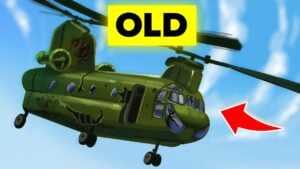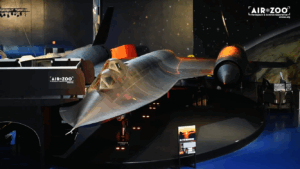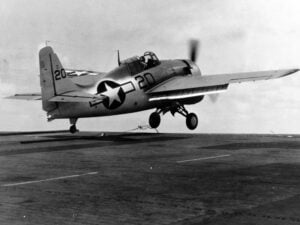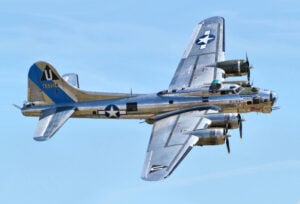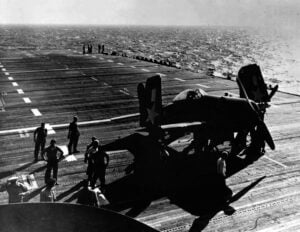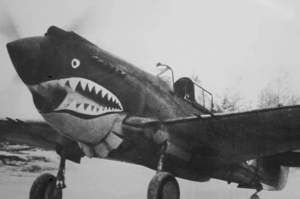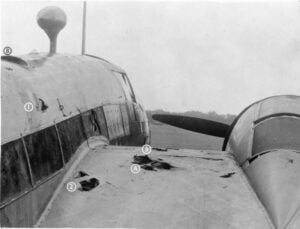Why WWII Crews Hated Flying B-17 Fortresses During Missions
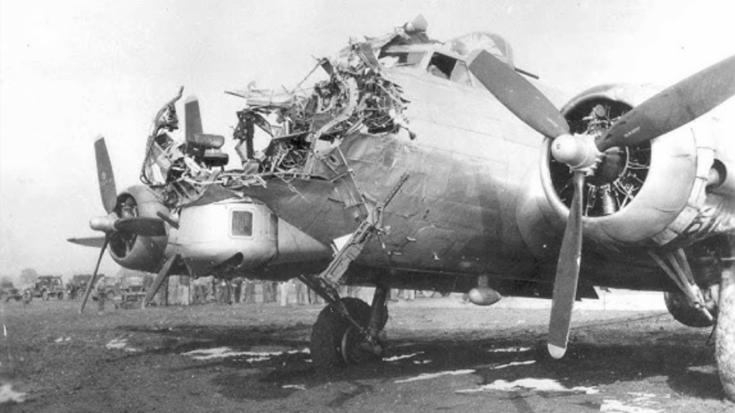
Old Fliers / YouTube
During World War II, the Boeing B-17 Flying Fortress became a symbol of American air power. From the ground, its large frame, four engines, and defensive guns suggested strength and security. But for those inside, the reality was far different. Missions over Europe exposed crews to cold, fear, and constant danger. The aircraft earned its reputation for durability, yet survival depended on more than engineering—it relied on luck and the endurance of young men who faced death each time they flew.
The Harsh Reality Inside the Fortress
At operational altitudes near 25,000 feet, conditions were extreme. The B-17 was not pressurized, so crew members breathed through oxygen masks to avoid blacking out in minutes. Temperatures could drop to minus 60 degrees Fahrenheit, making frostbite a constant threat. Heated flight suits sometimes failed, leaving men numb and unable to move their fingers. Waist gunners, positioned at open windows, stood exposed to freezing winds while firing at attackers.
Comfort was nonexistent. Crew members often lost skin when bare hands touched metal. Clearing a jammed gun could mean losing fingers. Many veterans recalled fellow airmen slumping silently from oxygen loss, never waking again. Long before seeing an enemy fighter, the environment alone could be deadly.
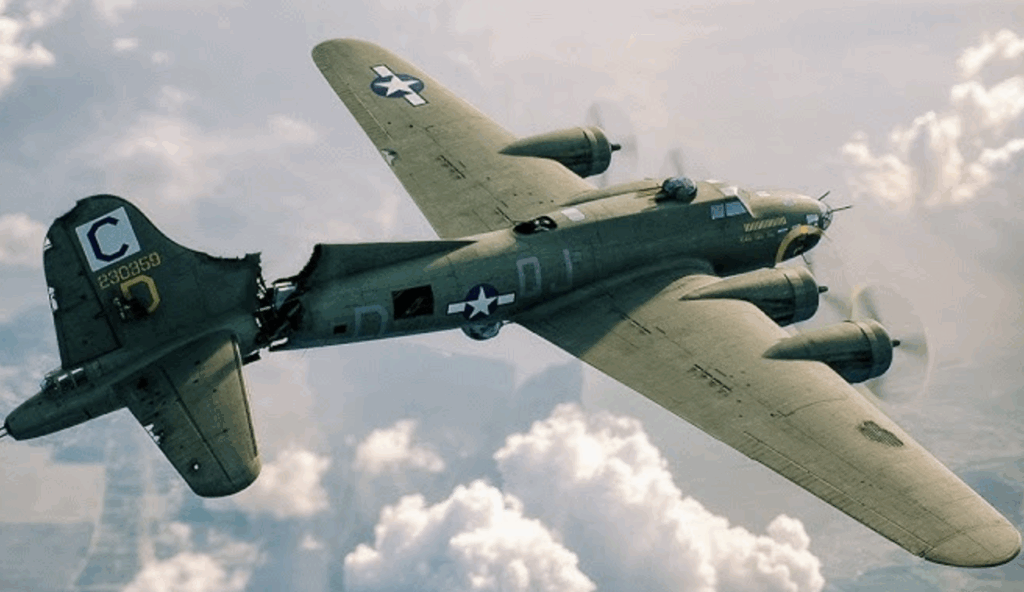
Formation Flying and Constant Threats
To defend against intercepting aircraft, B-17s flew in tight formations, creating overlapping fields of fire. This tactic offered protection but also increased risks. Takeoffs were rapid and closely timed, with dozens of planes climbing into position in poor visibility. Midair collisions were common, and over 2,800 men died in training accidents without encountering enemy fire.
In combat, staying too close risked collision from damaged bombers. Straying from formation made an aircraft an easy target. Debris from one hit could cascade into others, turning the sky into a field of wreckage.
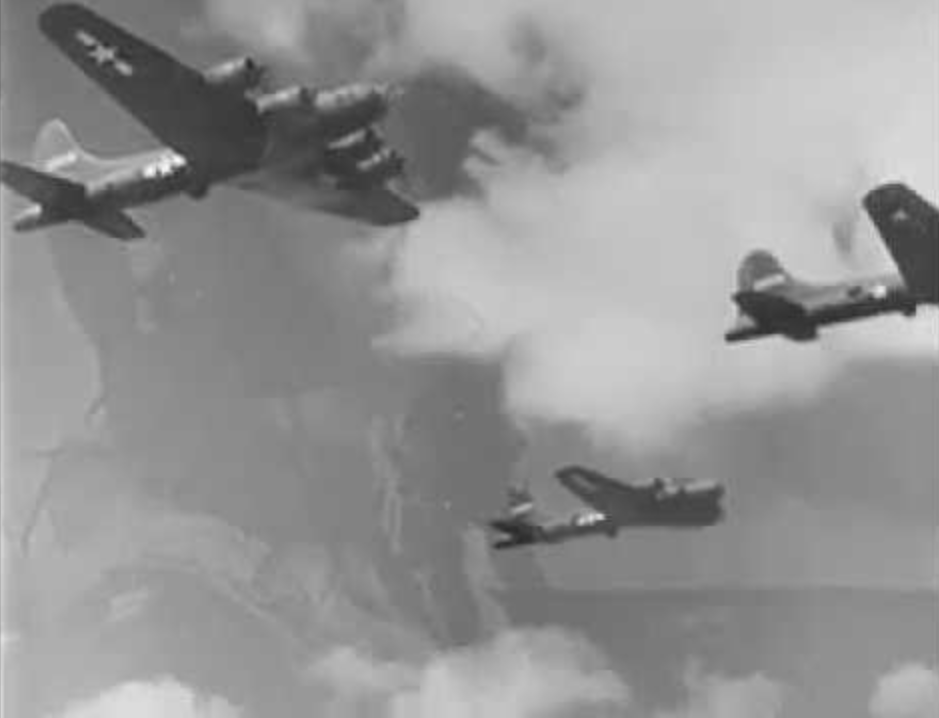
Flak and Fighter Attacks
German anti-aircraft guns, especially the 88mm, were precise and powerful. Shells were timed to explode at bomber altitude, filling the air with shrapnel. Even without a direct hit, fragments could pierce fuselages, cut control cables, or kill crew instantly. Pilots were ordered to fly straight through these zones, unable to dodge.
Enemy fighters, such as the Messerschmitt Bf 109 and Focke-Wulf Fw 190, attacked in coordinated waves. Some struck from head-on to target cockpits and engines; others came from below, where only the ball turret gunner could respond. Many blind spots left crews vulnerable despite the Fortress’s thirteen .50-caliber guns.
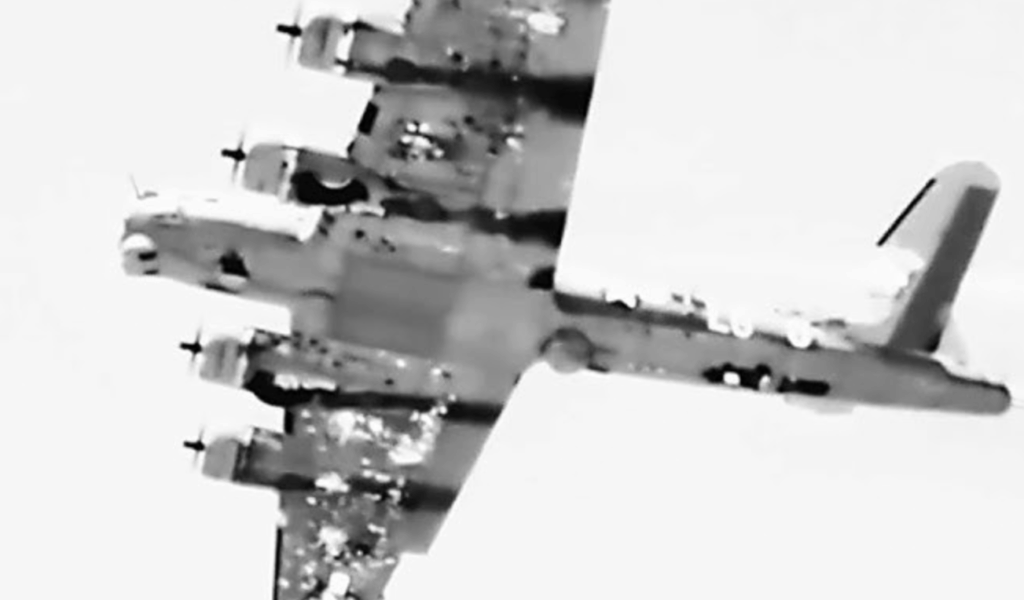
Life-Threatening Crew Positions
Each B-17 carried ten men, every role hazardous. Pilots and co-pilots fought to control damaged aircraft. Navigators and bombardiers worked in the glass nose with no armor. Top turret gunners were exposed to attacks from any angle. The radio operator, surrounded by equipment, risked being trapped if fire spread.
Waist gunners endured freezing winds and no protection. The tail gunner faced rear attacks alone in a cramped seat. The most dangerous role was the ball turret gunner, suspended underneath in a small glass sphere without a parachute. If the turret jammed or landing gear failed, escape was impossible.
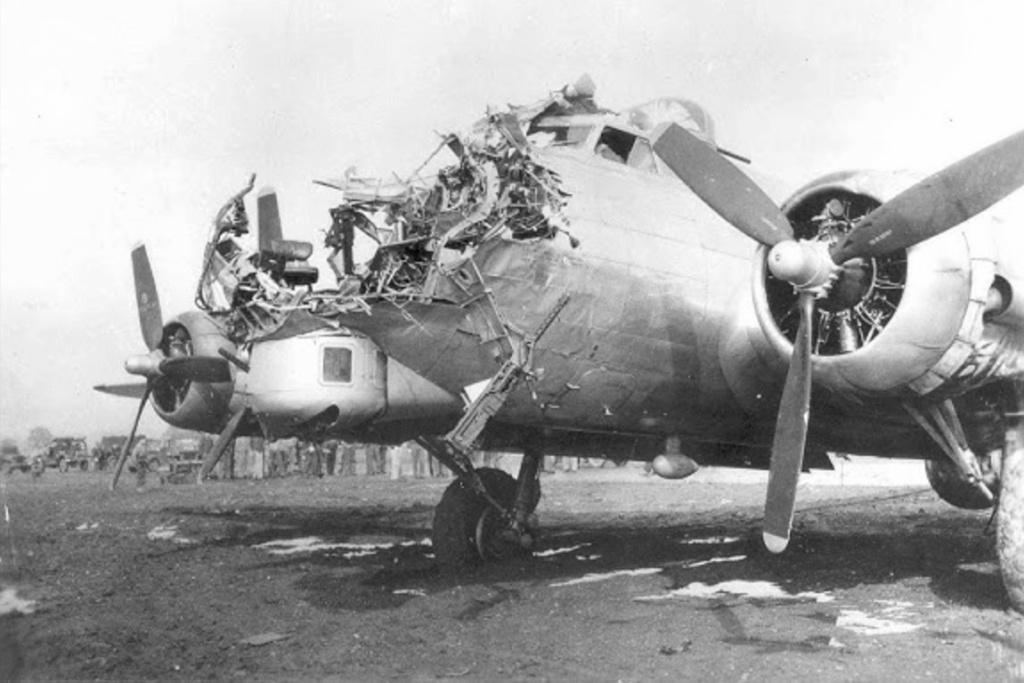
When Things Went Wrong
If the aircraft was too damaged to return, crews bailed out. Escaping through narrow hatches while the bomber spun or burned was difficult, and many never made it. Those who parachuted risked capture, drowning, or freezing to death. A direct flak hit could destroy a bomber instantly, leaving no chance to escape.
During the height of bombing campaigns, crew survival odds were grim. With a 20 percent mortality rate per mission and a requirement to fly 25 missions, very few completed their tours. By war’s end, over 47,000 American airmen were killed in the European theater. Most were in their early twenties, many still teenagers, enduring frostbite, fire, and fear to complete each mission.













